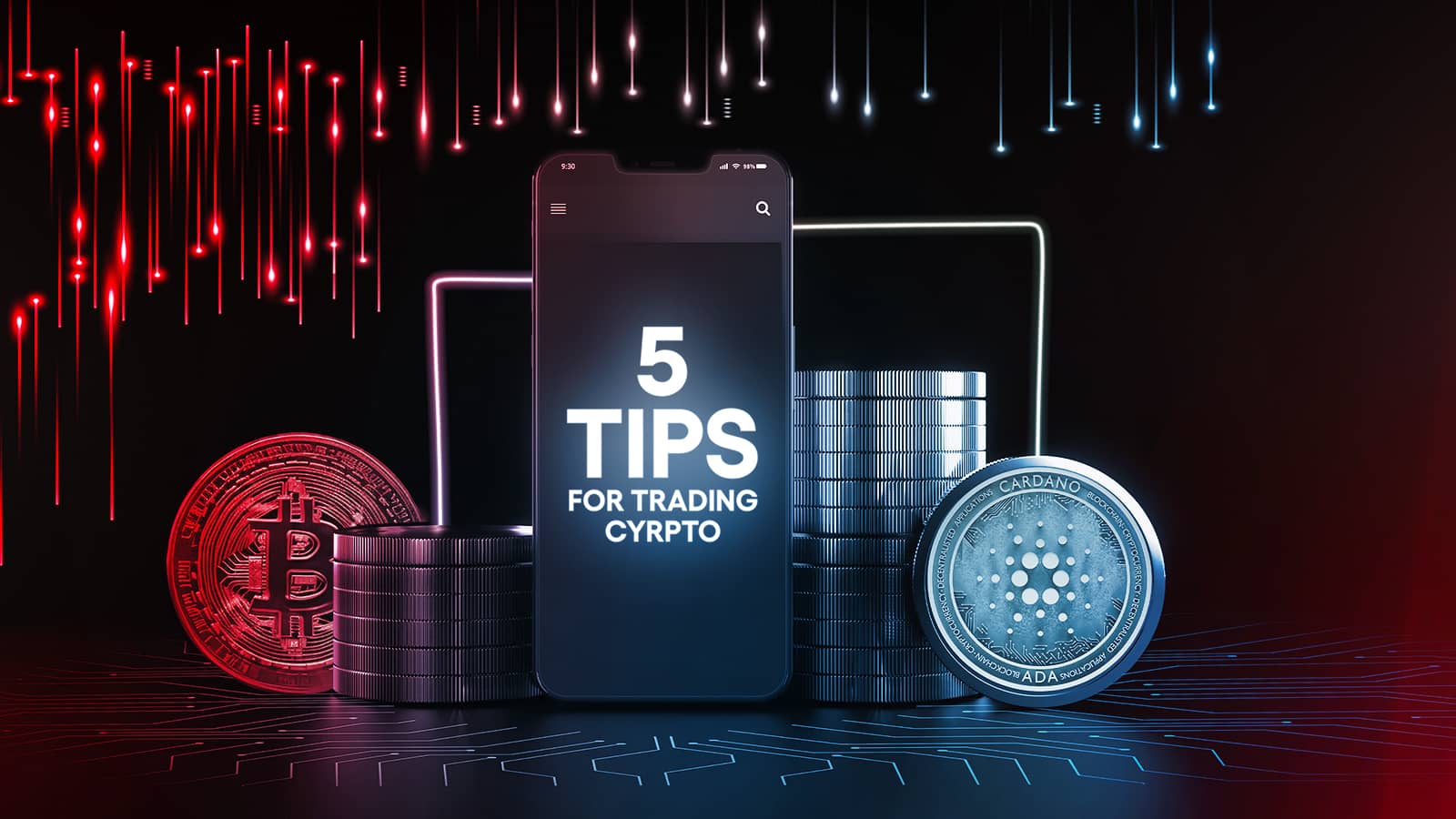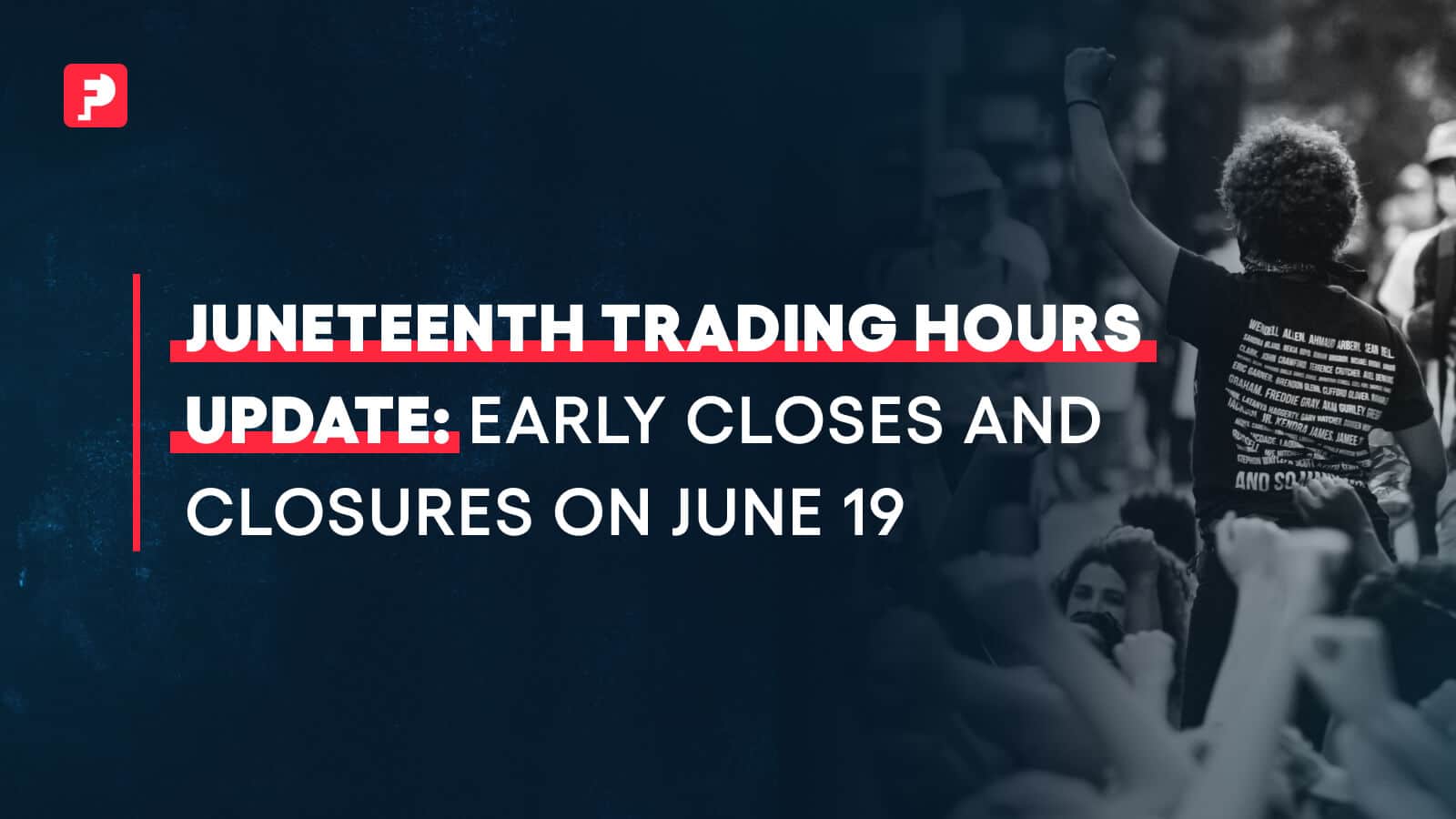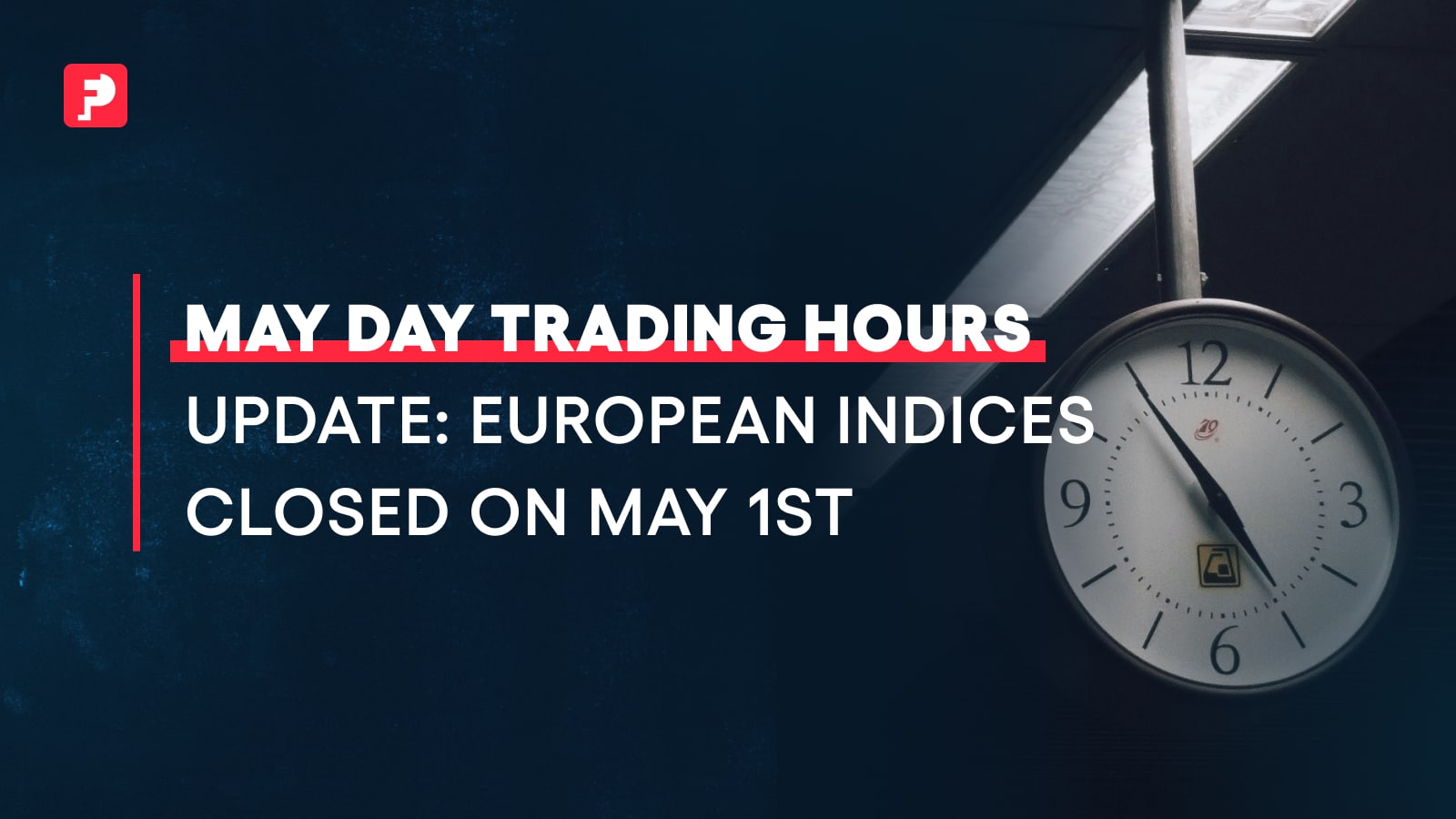
5 Tips for Trading Crypto That May Bump Your Profits
Key Takeaways
- Emotions such as Fear of Missing Out (FOMO) can heavily influence trading decisions in the volatile cryptocurrency market, making it crucial for traders to keep emotions in check, avoid impulsive actions, and rely on thorough research and strategic planning.
- Bitcoin’s significant influence on altcoins, the prevalence of crypto shilling, and the interplay between Bitcoin and traditional forex markets underline the need for vigilance, diversification, and an understanding of market dynamics in cryptocurrency trading.
- Prioritizing liquidity in crypto trading can shield you against price manipulation, ensure price stability, and facilitate better market analysis, while consistent portfolio monitoring and rebalancing are key to mitigating risk and potentially boosting long-term returns.
Meet Your New Best Friend: FOMO Mitigation
Welcome to the world of FOMO, or the Fear of Missing Out. This feeling can grip you as you watch a particular cryptocurrency skyrocket rapidly, suggesting you’re the only one not aboard the rocket. When this happens, chatter on social media platforms like Reddit, Twitter, and Telegram trading groups may explode. When this happens, stay steady. The crypto market can be unpredictable, and those ‘whales’ looking to offload their coins to less experienced traders are always lurking. Before getting swept up in a high-risk venture, remember to carefully assess the source of the advice. Online, it can be challenging to uncover the true motives of people showcasing their impressive returns. Some of the crypto initiatives during the 2021 boom, for instance, turned out to be pump-and-dump schemes. Even with seemingly legit investments, the person touting them might have a different risk tolerance or investment timeline than you. They might even straight-out lie. Always remember, FOMO is largely emotional. Traders need to keep their emotions in check, even amidst market volatility. Cryptocurrency trading calls for a strong resolve and clinical calculation, not emotional impulsivity. The best antidote to FOMO? Patience. Invest time in thorough research and strategic planning. Avoid making hurried decisions just out of fear of missing an opportunity. Patience isn’t just a virtue in trading; it’s a strategic advantage.The Most Famous Example of FOMO in Crypto
Dogecoin’s stratospheric journey in 2021 serves as a prime illustration of FOMO in the crypto realm. The meme-based cryptocurrency witnessed volatile price movements, largely spurred on by Tesla CEO Elon Musk’s tweets, which stoked FOMO among non-Doge holders. Dogecoin’s value often fluctuated wildly based on Musk’s remarks, leading to substantial surges and drops. In one notable instance, Dogecoin saw a significant uptick ahead of Musk’s appearance on the TV show “Saturday Night Live” in May 2021, only to crash by nearly 30% in the subsequent 24 hours when Musk humorously labeled Dogecoin a “hustle” during the show. FOMO is responsible for the rise of numerous so-called ‘shitcoins’, primarily driven by the urge to latch onto the next big successor to Bitcoin. As prices escalate and mainly small investors hold the bag, the next phase often involves a significant price drop. If you hear something through the grapevine and you think you can make a profit off a FOMO event, then go for it, but don’t be the person holding a coin on the wrong side of the price spike.BTC Still Rules Them All
The volatility of the underlying asset plays a significant role in shaping market conditions. Smaller market capitalizations and lower trading volumes usually equate to increased risk and volatility, as it requires less capital to influence the market. Even Bitcoin (BTC), the most prominent cryptocurrency, is volatile compared to virtually any fiat currency. It’s crucial to take this volatility into account, particularly when Bitcoin’s price undergoes drastic shifts. In earlier years, a correlation was often observed between Bitcoin and altcoins (these are all the cryptocurrencies that are not Bitcoin). However, lately this correlation has become less clear-cut, although it’s still there because cryptocurrencies are usually compared to Bitcoin, and Bitcoin’s influence on the market sentiment is huge. Now, when Bitcoin experiences volatility, the market can become hazy. During these ‘foggy’ periods, it’s advisable to have specific targets and stop-losses in place or refrain from trading entirely.Unraveling Bitcoin’s Influence on Altcoins
Bitcoin’s relationship with altcoins can be attributed, as we said, to how altcoin prices are usually denoted in Bitcoin. Despite having over 3,000 competitors, Bitcoin retains over half of the entire cryptocurrency market cap, granting it a considerable sway over the crypto market. Moreover, most altcoins are not directly purchasable with fiat currencies; instead, many investors buy Bitcoin first and then exchange it for their desired altcoins. Consequently, when an altcoin holder wants to exit the crypto market, they typically convert their altcoins back into Bitcoin before transitioning to fiat currency. This relationship often results in the value of altcoins being intrinsically linked to Bitcoin. According to Coinglass, the top 20 crypto exchanges hold over 1.87 million Bitcoin, almost 10% of the total supply. When outflows of Bitcoin from major exchanges increase, investors usually perceive this as a bullish sign, expecting Bitcoin to enter an accumulation phase, signaling a potential bull market. This optimism often permeates the entire crypto market, potentially boosting the value of altcoins in the process.Shilling Crypto: Be Aware
Shilling (the act of endorsing a cryptocurrency through hidden or very explicit advertising) is becoming a common phenomenon as crypto trading gains popularity. Promotions have evolved from mere website banners to sophisticated TV campaigns and social media influencer endorsements. These influencers create hype around a coin, often under the guise of unsponsored advocacy, driving up demand and inflating its price. This practice, while banned in traditional financial markets, is widespread in the cryptosphere.Understanding the Shilling Mechanism
The goal of shilling is to generate excitement around a cryptocurrency, encouraging investment, which in turn raises demand and price. However, before you let an enthusiastic endorsement sway your decision to invest (or to push you into a trade if the coin is available on your platform), remember to:- Do your own research (DYOR) to gather objective facts
- Investigate the credentials and past crypto interactions of the endorser
- Avoid impulsive investing driven by Fear of Missing Out (FOMO) or herd mentality
- Be cautious, as celebrity endorsements don’t necessarily equate to insightful or factual information
Building Your Defense Against Shilling
As a crypto trader, it’s essential to understand the risks involved and take measures to avoid scams. Always conduct thorough research and avoid basing your decisions on a single source’s advice. Check online reviews, consult trusted experts, and be cautious of anyone promising guaranteed returns or employing high-pressure sales tactics. Regulators and exchanges have started to tackle crypto shilling more aggressively. Some regulatory bodies, like the Securities and Exchange Commission (SEC), have issued warnings about potential fraudsters using deceptive tactics like shilling. The International Monetary Fund’s Fintech Note also mentions stricter regulations requiring crypto exchanges and projects to fully disclose promotional activities and potential risks in their white papers. In a nutshell, vigilance and thorough research are your best defenses against falling victim to shilling in the crypto world.Don’t Forget to Diversify Your Portfolio
Crafting a forex and crypto trading portfolio is a dynamic process that entails understanding your objectives, continually educating yourself, diversifying your holdings, managing risk, picking the right trading instruments, and applying a blend of technical and fundamental analysis. Consistent learning, adaptation, and performance monitoring of your portfolio are crucial. With commitment and practice, you can assemble a robust trading portfolio that aligns with your goals and aids in navigating forex and crypto trading.The Importance of Diversification
Investors often embrace portfolio diversification, a fundamental principle of investing, when trading crypto and forex. While some might look for a range of risk profiles for diversification, others focus on tokens with numerous use cases in the Web3 realm. Diversifying your crypto assets can effectively reduce the risk associated with the sector’s volatility. A well-diversified portfolio can mitigate financial risks more effectively than, for example, trading just BTC or major FX pairs.Understanding Correlation and the Forex Portfolio
In forex trading, it’s crucial to trade a variety of currency pairs and assets, as each pair will have its own distinct risk and return profile. Understanding correlation, the tendency for two currency pairs to move together, is vital for a well-diversified portfolio. A good forex portfolio should consist of a mix of correlated and non-correlated assets, so you can get the best of both worlds.Balancing Crypto and Traditional Markets
While enthusiasm for cryptocurrency continues to grow, traditional forex shouldn’t be overlooked. Afterall, it has consistently generated wealth for decades. If you’re a novice in cryptocurrency trading, you could start by allocating 2% to 5% of your total account balance into a small blend of 3-4 different cryptocurrencies, eventually increasing your holding to 7% or up to 15% of your total account size. Also, remember that in addition to FX pairs, you can trade energies, metals, and indices. Even though it might be enticing to shift more weight to cryptocurrency, diversifying your portfolio and rebalancing when needed are the keys to reducing risk and potentially amplifying returns in the long run.Prioritize Coins with Deep Liquidity
Liquidity is a crucial element for traders in the cryptocurrency market. High liquidity levels hint at price stability, facilitate trade execution, and protect against market manipulation. Here are some key points highlighting the significance of liquidity in cryptocurrency trading:- Resistance to Price Manipulation: In a highly liquid market, it’s difficult for any individual or group to manipulate prices. Given that the cryptocurrency sector is still emerging, and unevenly regulated, certain market participants might attempt to sway prices to their advantage. However, when a cryptocurrency like Bitcoin or Ether exhibits high liquidity, controlling price action becomes considerably challenging.
- Price Stability and Lower Volatility: A liquid market, characterized by substantial trading activity, tends to be more stable and less volatile. In such a market, there is always someone willing to take the opposite side of a trade, and you can enter and exit positions with minimal slippage or price fluctuations.
- Enhanced Market Analysis: Greater liquidity often correlates with increased market participation. As more buyers and sellers enter the market, the larger volume of orders can provide a comprehensive picture of market forces, facilitating accurate technical analysis. This enriched understanding allows traders to make well-informed decisions.



